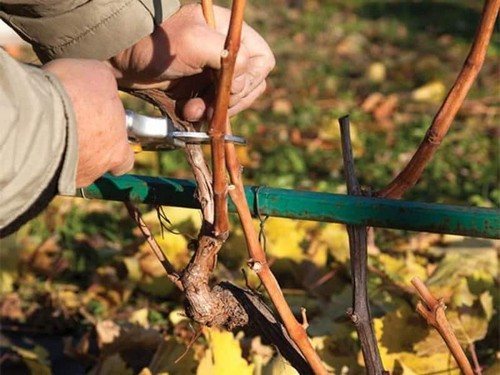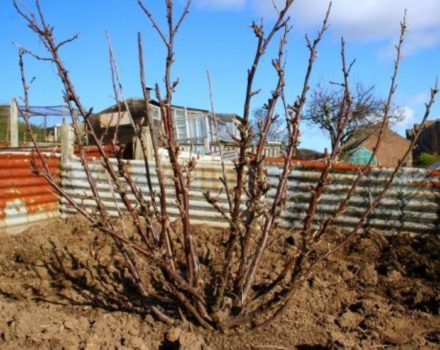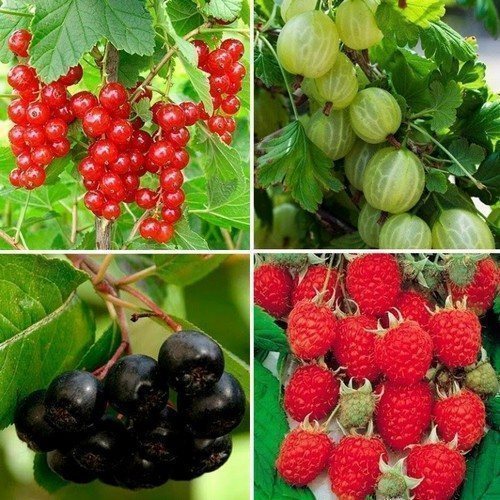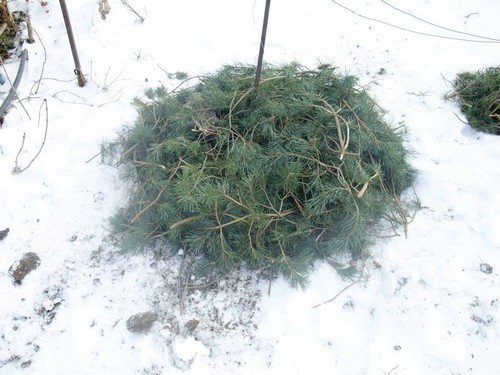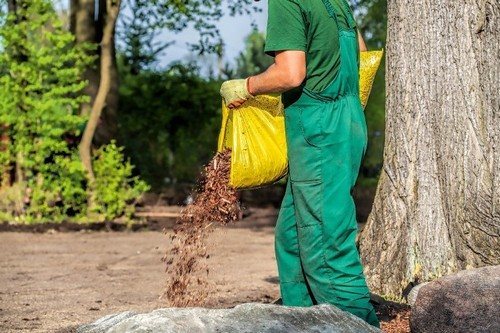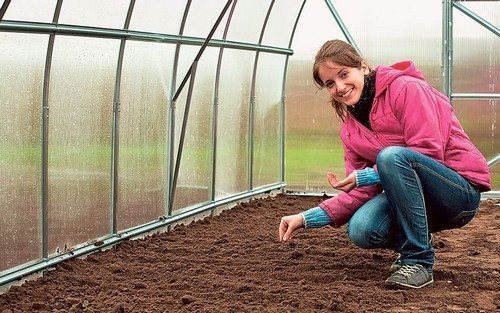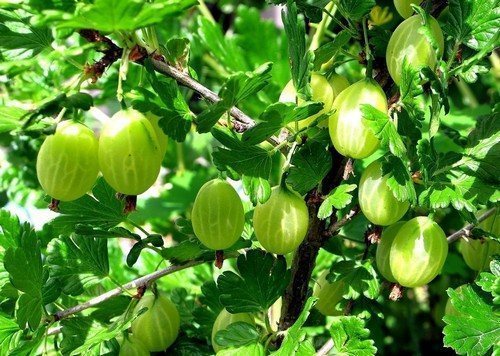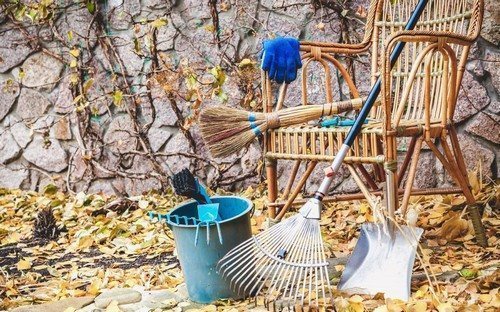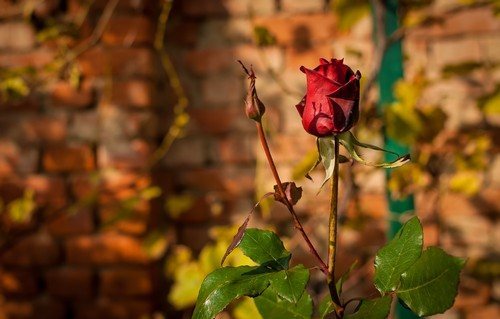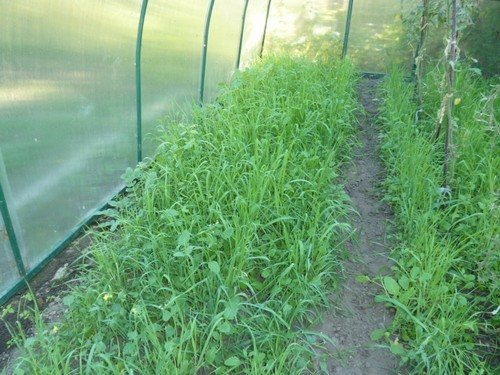The last harvest of berries has been harvested and to the inexperienced layman it seems that the work is over and the gardeners will rest until the next season. But this is far from true. The shrub, weakened after fruiting, needs to be prepared for winter and given the groundwork for a new harvest next year. Let's look at the peculiarities of autumn care below.
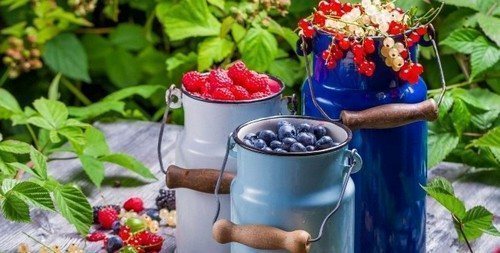
Autumn bush care
The actions of gardeners consist of performing the following operations:
- loosening the soil;
- feeding bushes;
- autumn watering;
- mulching;
- bush pruning;
- pest control.
The same actions are carried out throughout the spring-summer period, but autumn care has several features.
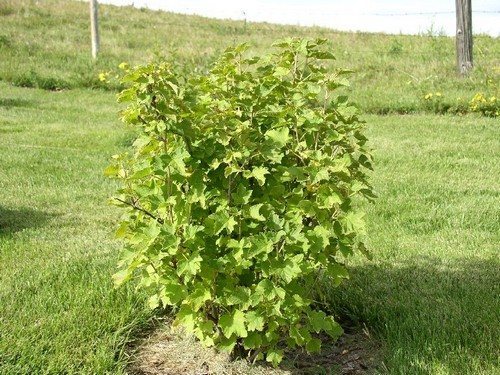
Autumn fertilizing and loosening
These procedures in the autumn period are carried out according to the following scheme:
- weed removal;
- introduction of organic and mineral fertilizers;
- digging the soil 8 cm deep;
- abundant watering.
Some shrubs have shallow roots. Therefore, autumn digging is carried out carefully so as not to disturb the underground part of the root system. The best tool in this case is a pitchfork.
Autumn feeding is carried out in September-October. Such late activities will strengthen the roots, help cope with winter frosts and ensure a good harvest for next year.
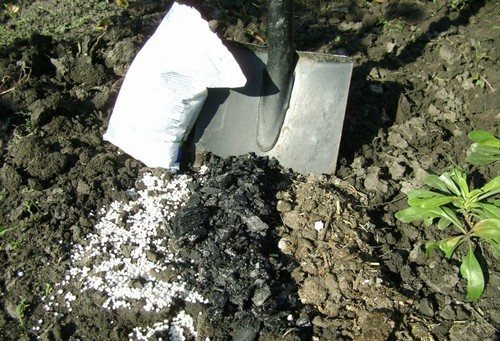
Nitrogen fertilizers
If a sufficient amount of nitrogen is received in the spring-summer period, the shrub is excluded from autumn feeding.But at the end of summer, root growth resumes. If the berry growers did not receive the recommended amount of nitrogen fertilizer during this period, a small amount is added in the fall.
Phosphorus-potassium fertilizers
As a top dressing, double superphosphate is given in a volume of 1–2 tbsp. spoons under one bush and the same amount of potassium sulfate. Among the potassium fertilizers recommended:
- potassium sulfate, which contains 50% potassium oxide;
- potassium magnesium, a fertilizer containing 25% potassium and up to 18% magnesium.
According to the projection of the crown of the bush, grooves are made into which fertilizers are placed. Then the furrows are watered. October feeding - compost or rotted manure, which is laid out under the bush.
Whatever fertilizers are chosen, they are applied before the first frost in order to prevent the active development of the bush before the onset of winter.
Autumn watering
Moistened soil increases the frost resistance of the berry plant and makes it easier to endure winter hardships. Moderately moist soil conducts heat well from the lower layers of soil to the root system. But if autumn watering is not standardized, this is fraught with the death of the roots.
You should rely on weather conditions. Autumn rains and waterlogging of the soil are indicators that watering is not needed. If there is drought in August–September, then winter watering is necessary. Up to 4 buckets of water are poured under an adult plant.
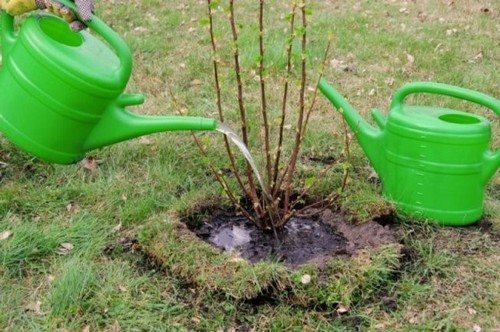
Pest Control
To get rid of insects, larvae and eggs of pests hidden among the foliage, fallen leaves are collected and burned during autumn treatment.
At this stage, the bush is treated against diseases and pests with the following drugs:
- Soap and soda solution. To prepare, take 350 g of soda ash per bucket of water. Add 35 g of soap to the composition. Solution against harmful insects and infectious diseases of shrubs.
- Urea. Helps against scab, purple spot, monilial burn. The drug is prepared from 0.5 urea per bucket of water and adding 50 g of copper sulfate.
- Copper, iron. Copper sulfate, Oxychom, Hom, Bordeaux mixture will save berry plants from diseases. In late autumn they turn to iron sulfate.
If the berry bushes were sick in the summer, then in addition to these measures, the affected shoots and leaves are cut out and destroyed, and only after that they are treated with the indicated means. It is recommended to dig up and burn a severely neglected plant.
Autumn pruning
Berry growers undergo this procedure annually. Due to rapid growth, plants become too dense, which can lead to a decrease in yield. The berry fields are being thinned out. Dried, old, deformed and diseased shoots are removed.
Berry plants are pruned after the leaves fall. Don't be afraid to remove healthy branches. Better get rid of the thickening. Because new branches will soon grow.
The shoots are cut off at the root. There should be no stumps left, otherwise the pests will soon begin their dirty work. For work you will need a saw and pruning shears. The cut off parts are burned.
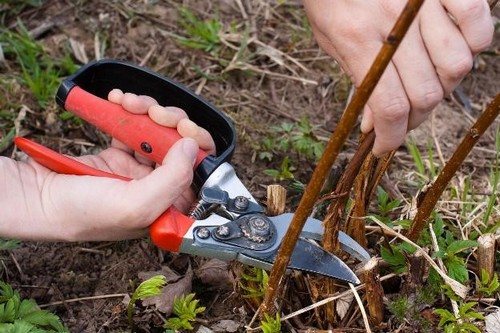
Mulching
Mulch will protect the berry garden from frost. Therefore, it is brought in before the first frost. But each type of coverage has its own deadlines.
When performing mulching, the following erroneous actions are unacceptable:
- Placing mulch on dry ground. Before this, water and loosen the soil.
- Mulching with freshly cut grass.
- Using fallen leaves as mulch without the necessary processing.
- Covering the berry tree trunk circle with non-woven material without preliminary feeding.
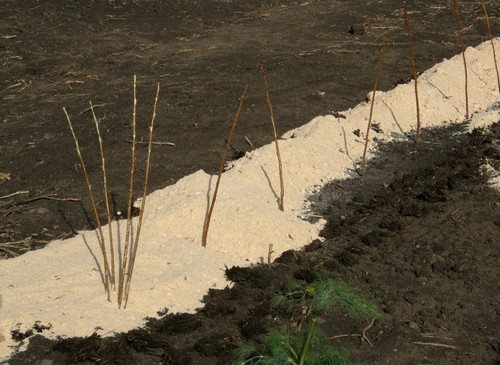
That's all the features of caring for berry bushes in the fall. Take care of the plants in a timely manner and follow the required procedures. And next year the berry grower will thank you for your time and effort with rich fruiting.


